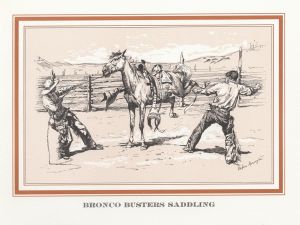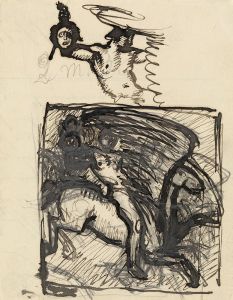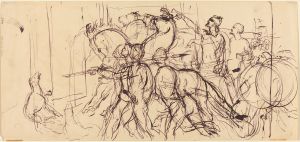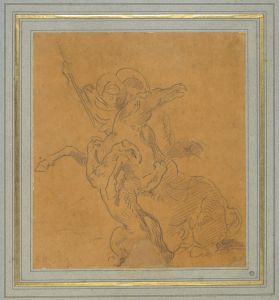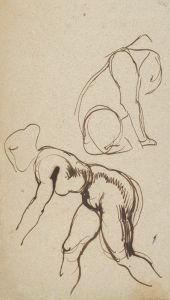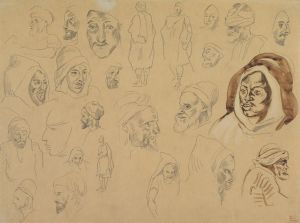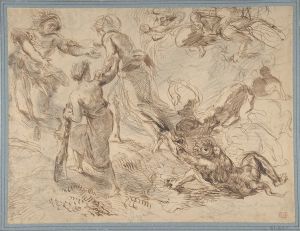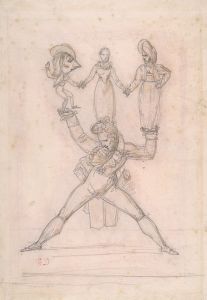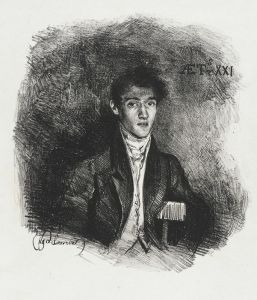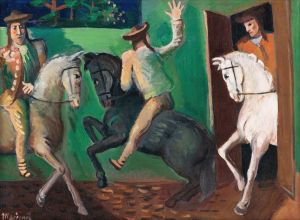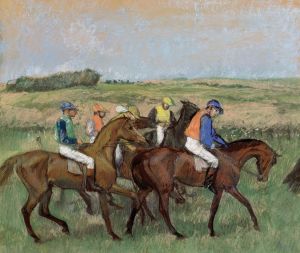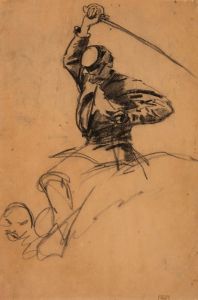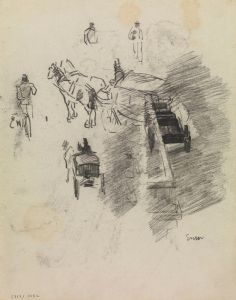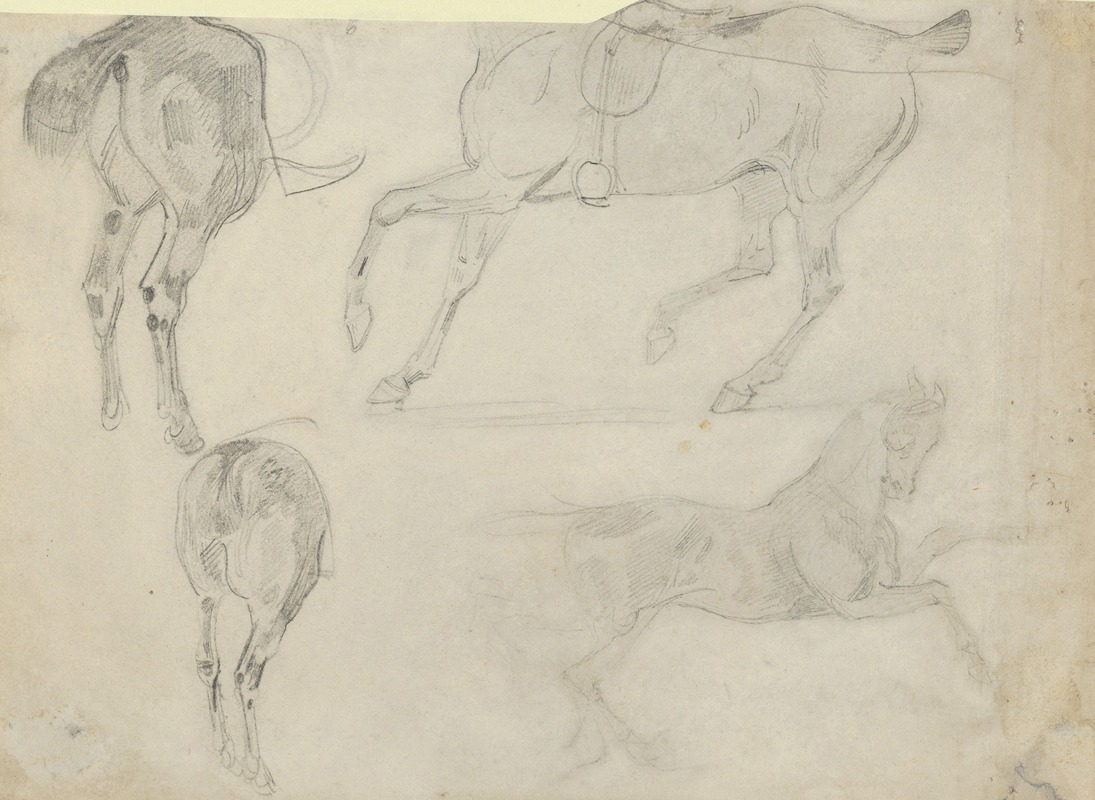
Four Studies of Horses
A hand-painted replica of Eugène Delacroix’s masterpiece Four Studies of Horses, meticulously crafted by professional artists to capture the true essence of the original. Each piece is created with museum-quality canvas and rare mineral pigments, carefully painted by experienced artists with delicate brushstrokes and rich, layered colors to perfectly recreate the texture of the original artwork. Unlike machine-printed reproductions, this hand-painted version brings the painting to life, infused with the artist’s emotions and skill in every stroke. Whether for personal collection or home decoration, it instantly elevates the artistic atmosphere of any space.
Eugène Delacroix, a prominent French Romantic artist, is renowned for his expressive brushwork and vibrant use of color, which played a significant role in shaping the Romantic movement in art. Among his many works, "Four Studies of Horses" is a notable piece that reflects his fascination with the dynamic form and movement of horses, a subject he frequently explored throughout his career.
"Four Studies of Horses" is a study drawing that showcases Delacroix's keen observation skills and his ability to capture the essence of his subjects with minimal yet effective strokes. This work is not a finished painting but rather a preparatory study, which Delacroix often used to experiment with composition, anatomy, and movement. Such studies were crucial for his larger compositions, allowing him to refine his ideas and techniques.
Delacroix's interest in horses can be traced back to his admiration for the works of earlier masters like Peter Paul Rubens and Théodore Géricault, who also depicted horses with great dynamism and energy. Horses, for Delacroix, symbolized freedom, power, and the untamed spirit, themes that resonated deeply with the Romantic ideals of the time. His studies often focused on the anatomy and movement of horses, capturing their grace and strength in various poses and actions.
In "Four Studies of Horses," Delacroix employs a loose, fluid style that emphasizes the musculature and movement of the animals. The drawing likely served as a reference for his larger, more complex compositions, where horses often played a central role. Delacroix's ability to convey motion and emotion through his studies is evident in the way he captures the horses' postures and expressions, bringing them to life on the page.
The study reflects Delacroix's broader artistic goals of expressing emotion and drama through his work. His approach to art was characterized by a departure from the strict neoclassical norms of the time, favoring instead a more expressive and individualistic style. This is evident in his horse studies, where the emphasis is on capturing the spirit and vitality of the animals rather than adhering to rigid anatomical accuracy.
Delacroix's horse studies, including "Four Studies of Horses," have been influential in the art world, inspiring subsequent generations of artists to explore similar themes of movement and expression. His work laid the groundwork for later developments in modern art, where the focus shifted towards capturing the essence and emotion of the subject rather than mere representation.
Overall, "Four Studies of Horses" exemplifies Eugène Delacroix's mastery in depicting movement and emotion, highlighting his significant contribution to the Romantic movement and his lasting impact on the art world. Through his studies, Delacroix not only honed his skills but also conveyed the powerful symbolism and beauty of horses, which continue to captivate audiences today.





